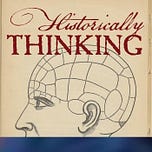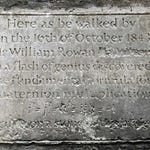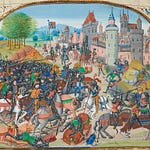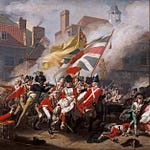Originally published on January 22, 2024 (Episode 347)
Introduction
Following the outbreak of the American Civil War, the abolitionist movement underwent an “astonishing transformation,” which in time altered the direction of the war, shaped the postwar settlement, and destroyed the abolitionist movement itself.
As the movement’s moral outsiders found themselves becoming interest group insiders, not only their approach but also their message and ultimately their goals changed. Ideological differences became ideological conflicts, and personal animosities soon blended into the mix.
This is the argument of Frank J. Cirillo in his new book The Abolitionist Civil War: Immediatists and the Struggle to Transform the Union (LSU Press, 2023). Subsequent to our conversation, the book won the 2024 Wiley-Silver Prize from The Center for Civil War Research at the University of Mississippi, which is presented "to the best first book, thereby recognizing and encouraging new and emerging scholars in the history of the American Civil War."
About the Guest
Frank J. Cirillo is a historian of slavery and antislavery in the nineteenth-century United States. He has held positions at the University of Bonn, The New School, and the University of Virginia. The Abolitionist Civil War is his first book.
For Further Investigation
James Brewer Stewart, Wendell Phillips: Liberty’s Hero (Baton Rouge: Louisiana State University Press, 1986)
Henry Mayer, All on Fire: William Lloyd Garrison and the Abolition of Slavery (W.W. Norton and Company, 2008)
Ronald G. Walters, American Reformers, 1815–1860, Revised Edition (Hill and Wang, 1997)
Related Historically Thinking conversations:
💬 Listen & Discuss
How should we understand the transformation of abolitionists during the Civil War? Did becoming political insiders compromise their ideals, or was it the only way to influence events? Share your thoughts in the comments, and send this episode to someone who loves Civil War history.











